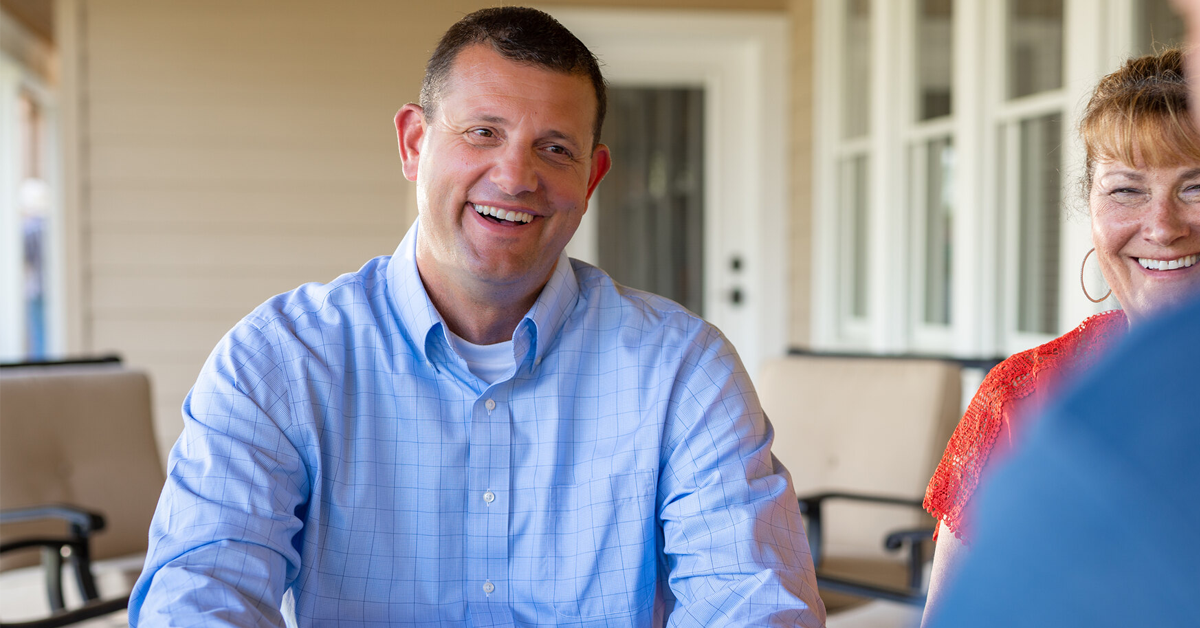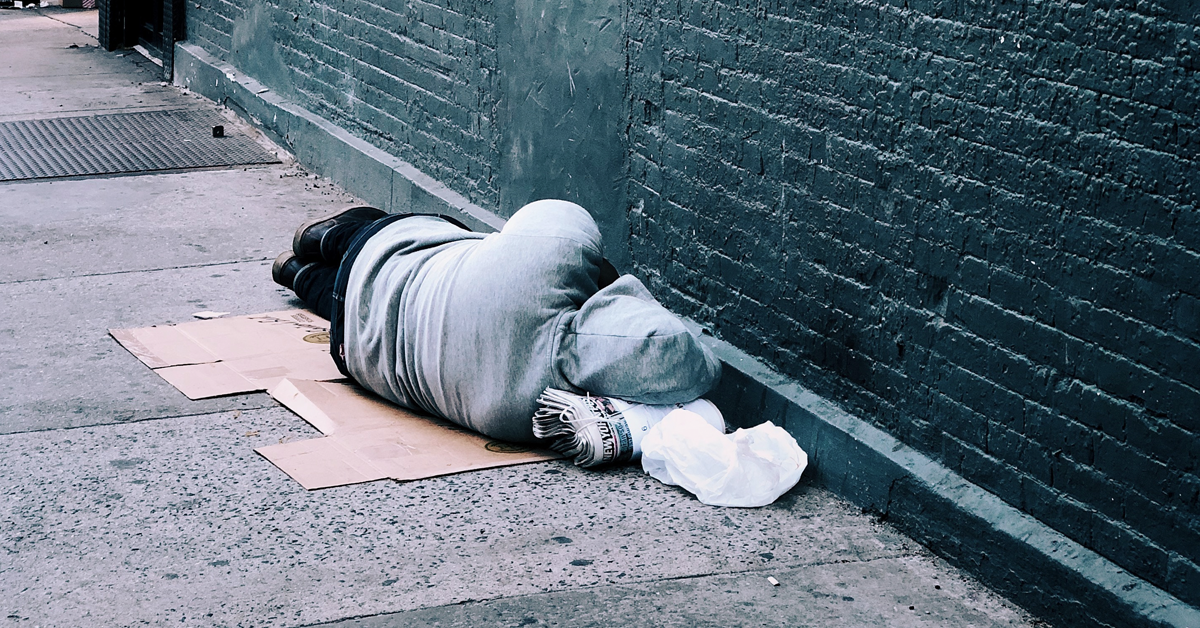Effectively tackling the homelessness challenge in Fresno isn’t about just getting the best-funded system in place. A key is also getting a flexible operational system in place.
That’s because homelessness in America has become an industry.
Industries of any type are always evolving to meet ever-changing market pressures. The homelessness industry is no different. Municipal governments must be forever nimble and innovative if they are to juggle civic order and individual liberty. And that takes resources.
All this struck me as the theme of several recent events impacting policy-making in the City of Fresno.
I begin with a May 9 news release from the Administration of Mayor Lee Brand. It was issued in the wake of Gov. Gavin Newsom’s revision of his Fiscal Year 2020 state budget.
According to the City Hall news release, Newsom’s May revision includes $650 million for homeless emergency aid. This is an increase from the $500 million proposed in the governor’s January budget. Proposed distribution of the $650 million goes like this: $275 million to cities; $275 million to counties; $100 million to Continua of Care.
State government is getting more involved in helping cities fund homeless services. The state’s “Big City” mayors are playing a key role in nurturing this partnership. More than half of California’s homeless population lives in the state’s biggest dozen or so cities. About a quarter of the nation’s homeless population is in California.
Fresno is the state’s fifth largest city.
Mayor Brand, in a statement reflecting the Big Cities Mayors’ collective support for Newsom’s revision, said: “Last year, our efforts resulted in more than $3 million in homeless funding for the City of Fresno and $9.5 million for the Fresno-Madera Continuum of Care, and we are already implementing comprehensive strategies to get our homeless off the streets. But we still have a long way to go and this new funding will help us get there substantially faster. We appreciate Gov. Newsom’s ongoing commitment to help our most vulnerable residents, providing crucial resources for me and my fellow Big City Mayors to continue the fight as we address the homelessness crisis that is affecting every corner of our state.”
The Mayor’s statement makes clear that Fresno and the metropolitan region already are doing a lot of good work for the homeless. But volunteers can’t do it all. Paid professionals from many fields are involved.
In a variety of ways, the Fresno Police Department is at the forefront of implementing homeless policy.
Which brings me to the Police Auditor John Gliatta’s report for the first quarter of 2019. Gliatta in his quarterly reports will sometimes address homeless policy. For example, the Department’s Homeless Task Force is on the front lines of assistance to the homeless.
Gliatta in his most recent report addresses the importance of Community Service Officers (CSO) to response times by the Police Department.
Gliatta lists 26 types of calls for service that could be handled by CSOs. They include: 1.) Suspicious person, information only; 2.) Prior prowler report; 3.) Lost property report; 4.) Prior vandalism; 5.) Follow-up with suspects not present; 6.) Noise or other disturbances that involve no contact with the offender; 7.) Other calls approved by a supervisor or the Department.
Gliatta says calls for service are given a priority number. Priority 0 is a presumed life-threatening situation. Priority 1 is a non-life threatening situation but with a property crime in progress. The numbered list ends with Priority 8 – something that can be handled by a phone call from an officer.
There also is a Priority T, which is a routine matter that can be handled by a phone call from someone (but not necessarily a sworn office) with a measure of Police Department authority.
The Fresno Police Department in 2018 dispatched 247,938 calls for service in the 2018 calendar year. That breaks down to 40,317 Priority 0 calls; 109,629 Priority 1 calls; 30,245 Priority 2-9 (or T) calls.
Gliatta writes that, depending on the nature of the call for service, the Police Department “estimates a CSO could handle 30% or more of the priority 2 through T” calls for service.
A key factor in this issue, Gliatta writes, is average response time for an officer to arrive on the scene after a call for service is received.
In 2018, Gliatta writes, the average response time for Priority 0 calls was about seven minutes. The average response time for Priority 1 calls was about 14 minutes. The average response time for Priority 2 calls was about 99 minutes. (A Priority 2 call, Gliatta writes, “requires a field response for a prior person crime.”)
Based on these numbers, Gliatta writes, community service officers could have handled about 30,000 calls for service in 2018 and done so in a most effective manner.
Gliatta adds: “Another positive aspect of additional CSOs is the benefit of enhancing community based policing by allowing the patrol officers time to engage with the public between calls and reducing the arrival time for a member of the FPD (Fresno Police Department) to arrive on scene, whether it is a sworn officer or a CSO. Presently, the officers are going from one call to another waiting call without having time between the calls to speak to the community or conduct proactive policing. This demand of the officers has been witnessed first-hand by this office and Mayor Brand’s Citizens Public Safety Advisory Board during their individual ride alongs.”
A community service officer’s training standards are different than those of a sworn officer. There’s also a difference in salary-benefit packages.
“The total compensation for a new (sworn) officer, which includes benefits plus salary, is $93,600 per officer,” Gliatta writes. He says the compensation package for a newly hired community service officer is $54,700.
The Police Department had 54 CSOs in 2009, just as the Great Recession hit Fresno. Presently, Gliatta writes, the Department has six.
Gliatta concludes with a recommendation: That the Fresno Police Department “consider increasing the staffing levels of the CSOs. As referenced in this report, the CSOs would positively impact the response time by the FPD for lower priority (calls for service), and also enhance the efforts of community based policing presently being implemented by the FPD.”
I didn’t see in Gliatta’s report any reference to how Community Service Officers might be deployed to help with Fresno’s homelessness challenge. It strikes me that a sworn officer is best suited to handle one-on-one contacts between a community’s law enforcement arm and the homeless. It’s at this point of interaction that Constitutional issues could arise.
But it’s also clear from Gliatta’s report that the possible duties of Community Service Officers are almost as varied as the imaginations of Police Department and City Hall leaders.
In short, what do you think the chances are that a significant portion of those Priority 2 through Priority T calls for service involve non-homeless citizens simply wanting to say something official to the Fresno Police Department about troubles they’re having personally or in their neighborhoods with the homeless? I think the chances are quite high.
Seems to me Community Service Officers could effectively shoulder some of that responsibility.
Finally, it may not be politically correct to say there’s a homeless industry, but I’m guessing the decision-makers in the City Hall of any big city on the West Coast know this to be the case. I define homeless industry as the innovative, unyielding and well-financed efforts by homeless advocates who seek to centralize policy-making among the advocates themselves, not the people’s representatives.
New York City-based City Journal is doing a superb job of reporting on the impact of the homeless industry’s increasing successful efforts in cities such as Seattle, Portland and San Francisco.
For example, Christopher F. Rufo recently wrote in City Journal about the legislature in the State of Washington considering the legalization of homeless encampments in places such as plazas, parking lots, sidewalks, public buildings and parks in cities throughout the state.
Rufo writes that such a policy idea is part of something called “survival crime” theory.
Citing a State of Washington legislator, Rufo writes that “California, Illinois, Rhode Island, and Connecticut are all considering similar legislation.” Rufo says “Officials there and elsewhere will be watching Washington closely. The state’s experiment with survival-crime theory will be a national test case of whether cities can survive the abolition of critical public-safety laws.”
The way I see for Fresno, at one end of the homelessness policy-making spectrum you’ve got powerful politicians such as Gavin Newsom sending billions of taxpayer dollars to help cities tackle homelessness.
At the other end you’ve got a powerful and eternal homelessness industry that is constantly coming up with ideas such as survival-crime theory that, for a variety of reasons, seem to always resonate with the same politicians who are sending billions of taxpayer dollars to cities to combat the homelessness that is at the heart of ideas such as survival-crime theory.
And in the middle? In the middle I see cities struggling mightily to keep both sides happy. I see, in part, John Gliatta and his Community Service Officers.








